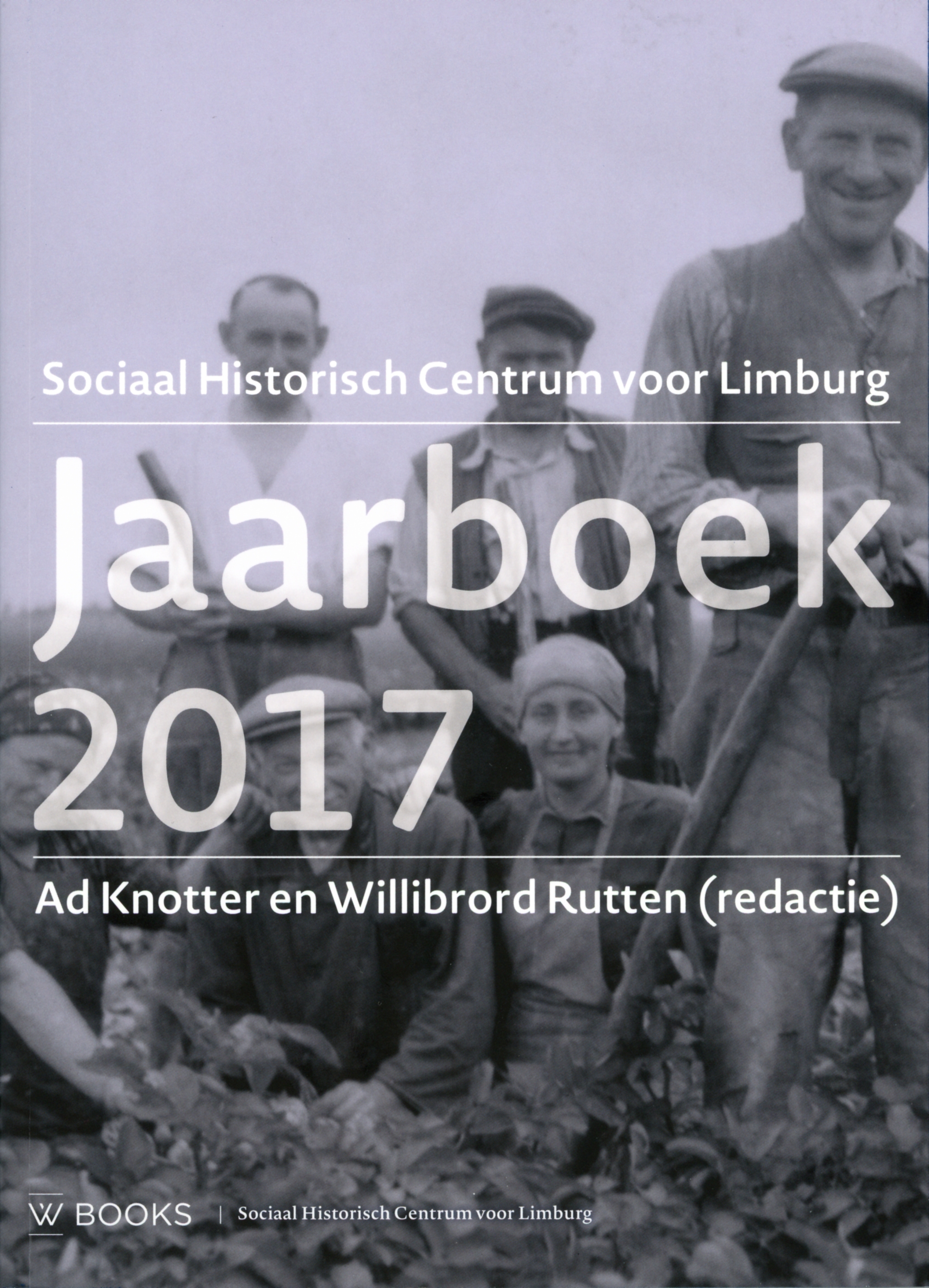Was er een agrarische revolutie in het Maasland? De landbouwproductiviteit op de pachtgronden van de abdij van Hocht (Lanaken) in de achttiende eeuw
DOI:
https://doi.org/10.58484/ssegl.v62i12364Trefwoorden:
achttiende eeuw, landbouwgeschiedenis, Limburg, landbouwproductiviteitSamenvatting
Was there an agricultural revolution in the Meuse region? Agricultural productivity of lands leased by the Hocht Abbey in the eighteenth century Research into productivity of lands leased to share croppers by the abbey of Hocht (near Maastricht) shows a remarkable rise in productivity in the second half of the eighteenth century. This confirms earlier results of research by former SHCL director J.C.G.M. Jansen on productivity of lands owned by the Maastricht socalled Twaalf-Apostelen Huis. The rise is explained by product diversification and especially by an increase in the cultivation of fodder, which in turn enabled a higher input of manure on the lands as fertilizer. This development was triggered by a rise in consumer demand in the cities in this period. If this can be called a ‘revolution’ is up to the reader to decide.
Downloads
Downloads
Gepubliceerd
Nummer
Sectie
Licentie

Dit werk wordt verdeeld onder een Naamsvermelding-NietCommercieel 4.0 Internationaal licentie.


